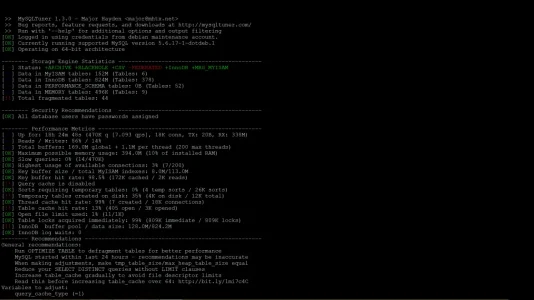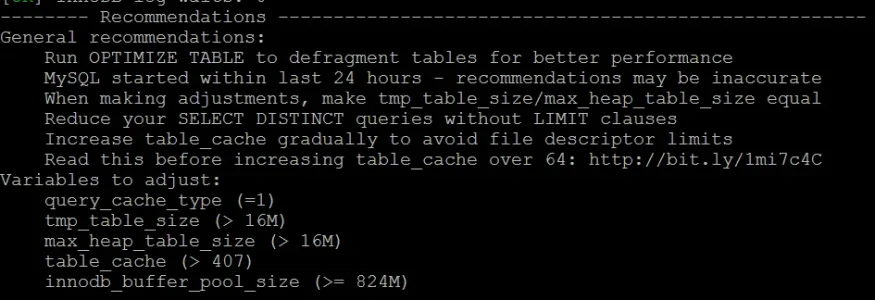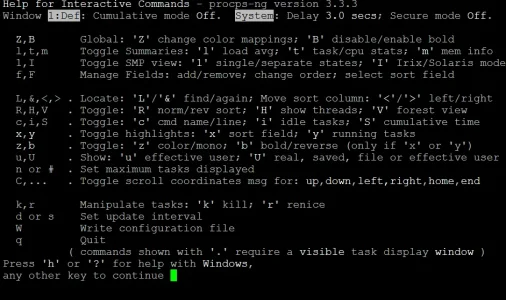Adam Howard
Well-known member
When it comes to mysql I usually stick to the policy of; if it's not broken, why fix it?! But out of curiosity (or stupidity), I've decided to play around with it a bit. Could use some basic feedback. Server is dedicated, but nothing overly done.
Intel Core2Duo E8300 (2 x 2.83GHz)
4GB DDR2
80GB SATA
This is the default my.conf (currently in use)
This is the one I generated (thanks to Percona)
Thoughts and feedback is always welcome
Intel Core2Duo E8300 (2 x 2.83GHz)
4GB DDR2
80GB SATA
This is the default my.conf (currently in use)
PHP:
[client]
port=3306
socket=/var/run/mysqld/mysqld.sock
[mysqld_safe]
socket=/var/run/mysqld/mysqld.sock
[mysqld]
user=mysql
pid-file=/var/run/mysqld/mysqld.pid
socket=/var/run/mysqld/mysqld.sock
port=3306
basedir=/usr
datadir=/var/lib/mysql
tmpdir=/tmp
lc-messages-dir=/usr/share/mysql
log_error=/var/log/mysql/error.log
max_connections=200
max_user_connections=30
wait_timeout=30
interactive_timeout=50
long_query_time=5
innodb_file_per_table
!includedir /etc/mysql/conf.d/This is the one I generated (thanks to Percona)
PHP:
[mysql]
# CLIENT #
port = 3306
socket = /var/lib/mysql/mysql.sock
[mysqld]
# GENERAL #
user = mysql
default-storage-engine = InnoDB
socket = /var/lib/mysql/mysql.sock
pid-file = /var/lib/mysql/mysql.pid
# MyISAM #
key-buffer-size = 32M
myisam-recover = FORCE,BACKUP
# SAFETY #
max-allowed-packet = 16M
max-connect-errors = 1000000
# DATA STORAGE #
datadir = /var/lib/mysql/
# BINARY LOGGING #
log-bin = /var/lib/mysql/mysql-bin
expire-logs-days = 14
sync-binlog = 1
# CACHES AND LIMITS #
tmp-table-size = 32M
max-heap-table-size = 32M
query-cache-type = 0
query-cache-size = 0
max-connections = 500
thread-cache-size = 50
open-files-limit = 65535
table-definition-cache = 4096
table-open-cache = 4096
# INNODB #
innodb-flush-method = O_DIRECT
innodb-log-files-in-group = 2
innodb-log-file-size = 128M
innodb-flush-log-at-trx-commit = 2
innodb-file-per-table = 1
innodb-buffer-pool-size = 2G
# LOGGING #
log-error = /var/lib/mysql/mysql-error.log
log-queries-not-using-indexes = 1
slow-query-log = 1
slow-query-log-file = /var/lib/mysql/mysql-slow.logThoughts and feedback is always welcome
Last edited:



